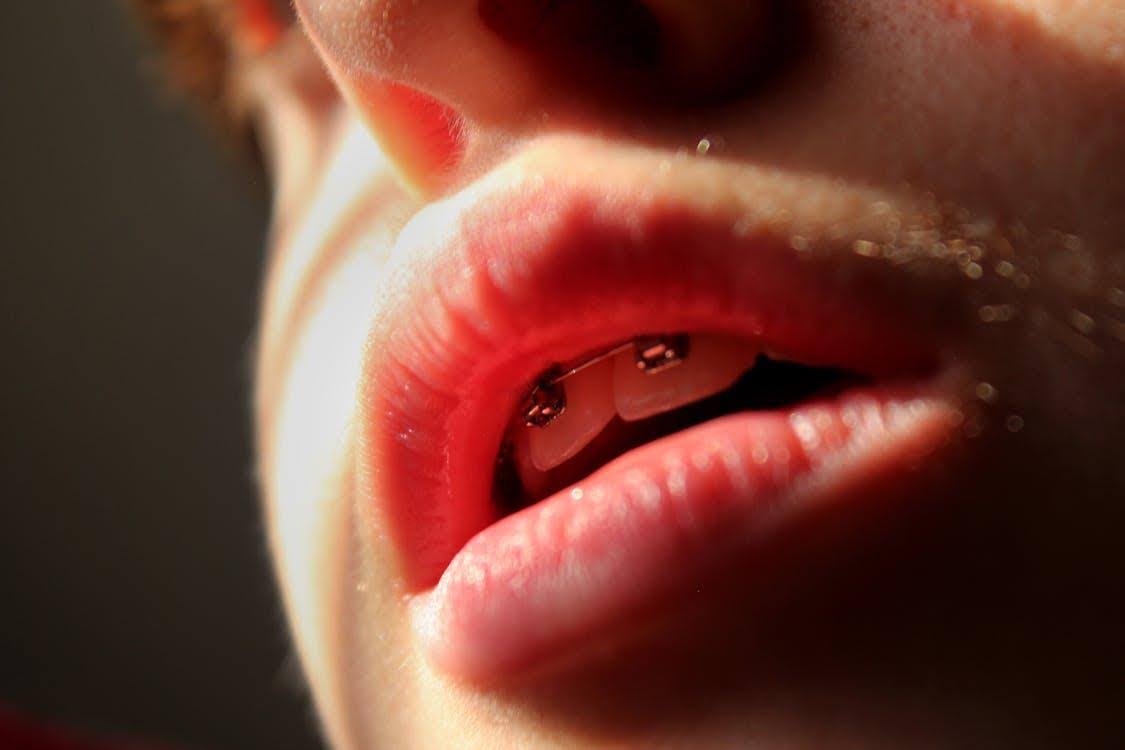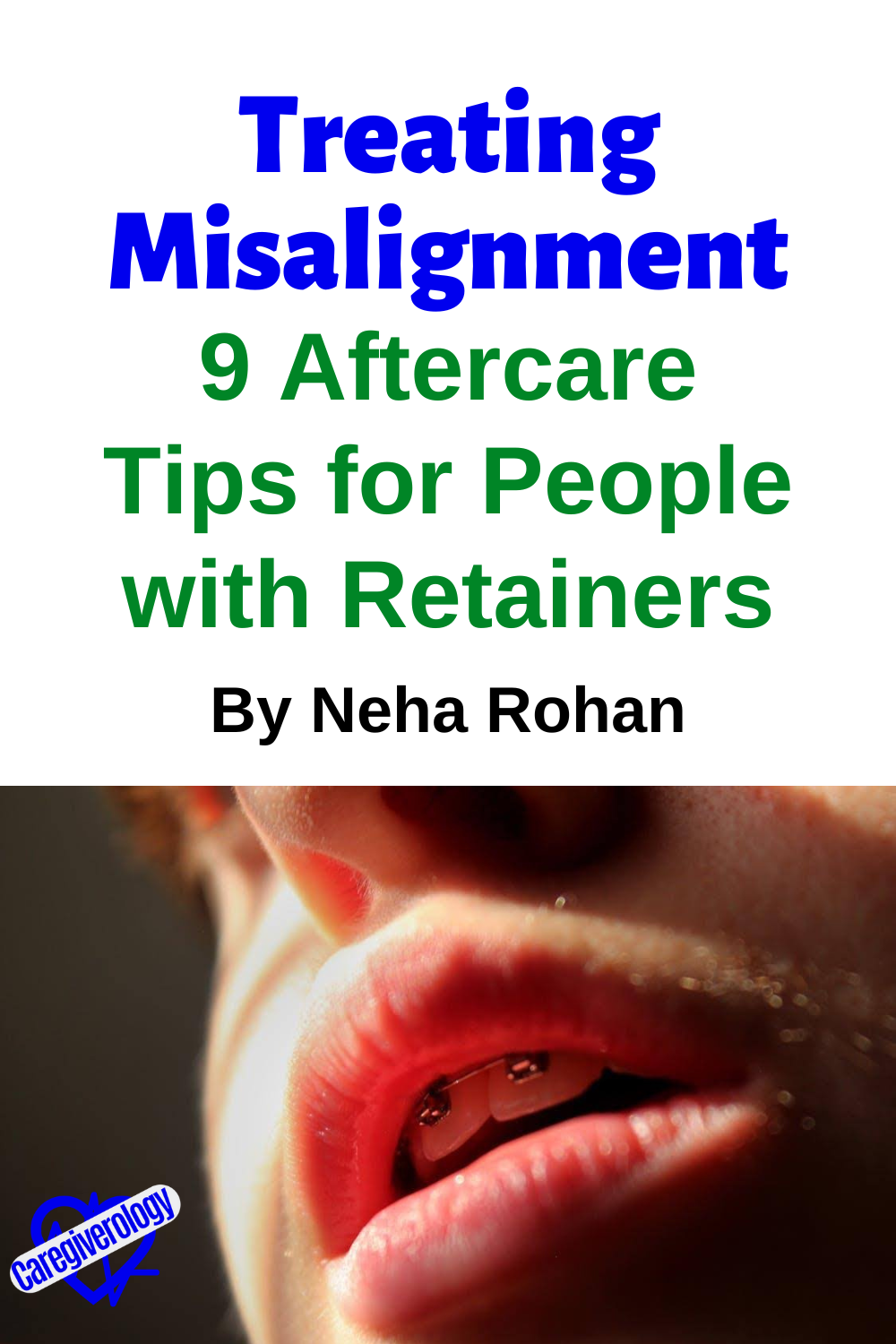Treating Misalignment - 9 Aftercare Tips for People with Retainers

Orthodontic treatment is a significant step towards achieving a straight, beautiful smile. Once braces come off, the journey isn't quite over. Retainers play a crucial role in ensuring that your teeth stay in their new, correct positions. They help maintain the alignment achieved through months or even years of wearing braces. Without proper retainer use, your teeth might shift back to their original positions, undoing all the hard work and time invested in orthodontic treatment.
Proper aftercare for retainers is essential to keep them effective and your smile looking great. Here are some vital aftercare tips for those who wear retainers:
1. Clean the Retainer Regularly
Keeping your retainer clean is essential for maintaining oral hygiene. Retainers can accumulate bacteria, plaque, and food particles, which can lead to bad breath and even infections. Cleaning your retainer daily helps prevent these issues.
To clean your retainer, brush it gently with a soft toothbrush. You can use a bit of toothpaste, but make sure it’s not too abrasive, as it can scratch the retainer. Rinsing the retainer with lukewarm water after meals is also a good practice. Additionally, soaking the retainer in a special cleaning solution once a week can help keep it fresh and free of bacteria.
2. Handle the Retainer with Care
Retainers are delicate and can break or warp easily if not handled properly, so you should always handle your retainer gently. When not in use, avoid wrapping your retainer in a napkin or tissue, as it can easily be mistaken for trash and thrown away.
You must avoid leaving your retainer out in the open, as it can easily be lost or damaged. In case, it does get damaged or you lose it, look up the keyword orthodontic specialists near me on Google and rush over for help or additional care. This will help you in preventing further damage to the retainer and losing the progress that you’ve had with the teeth alignment.
3. Wear Retainer as Prescribed
Your orthodontist will provide specific instructions on how often and when to wear your retainer. Following these instructions is crucial for maintaining your teeth alignment. Typically, retainers are worn full-time initially and then gradually reduced to nighttime use.
Skipping days or not wearing your retainer as prescribed can cause your teeth to shift, which might mean needing braces again. Consistency is key, so make sure to set reminders if needed to help you remember to wear your retainer.
4. Don’t Eat or Drink Retainer
Eating or drinking with your retainer in can damage it and also affect your oral health. Food particles can get stuck in the retainer, leading to plaque buildup and potential cavities. Beverages, especially sugary or acidic ones, can cause discoloration and damage to the retainer material.
Always remove your retainer before meals and store it safely in its case. Rinse your mouth and retainer before putting it back in after eating. This simple habit will keep your retainer clean and functional for a longer time.
5. Keep the Case Handy
A retainer case is essential for protecting your retainer when it’s not in your mouth. Always carry your case with you to avoid placing your retainer in unsafe places. Retainers are small and can easily be misplaced or damaged if not stored properly.
Develop the habit of using your retainer case every time you remove your retainer. This will help you keep it safe and clean. Make sure to clean your retainer case regularly as well, to prevent bacteria buildup.
6. Keep Checking for Damage
Inspecting your retainer regularly for signs of wear and tear is crucial. Look for cracks, bends, or any changes in its shape. Even small damages can affect its effectiveness. If you notice any issues, contact your orthodontist right away. Using a damaged retainer can harm your teeth or gums and won’t provide the necessary support to keep your teeth in their proper positions.
Handle your retainer gently to avoid unnecessary damage. Never use hot water to clean it, as heat can warp the plastic. Also, avoid using strong chemicals or abrasive cleaners that can degrade the material over time. Regularly checking your retainer ensures it stays in good working condition.
7. Maintain Good Oral Hygiene
Good oral hygiene is essential when you’re wearing a retainer. Brush your teeth at least twice a day and floss daily. Food particles and plaque can easily get trapped around your retainer, leading to cavities and gum disease.
Use fluoride toothpaste and a soft-bristle toothbrush to clean your teeth thoroughly. Pay extra attention to cleaning around the areas where your retainer sits. Consider using an antiseptic mouthwash to help reduce bacteria in your mouth. Maintaining a good oral hygiene routine helps keep your teeth and gums healthy while wearing a retainer.
8. Monitor for Changes in Fit
Over time, your retainer might start to feel different. This can be due to natural changes in your mouth or wear and tear on the retainer itself. If your retainer feels too tight, too loose, or causes discomfort, it might not be fitting properly anymore.
Contact your orthodontist if you notice any changes in fit. They can assess whether adjustments are needed or if a new retainer is necessary. Wearing a retainer that doesn't fit correctly can lead to dental issues and may not effectively maintain your teeth' alignment.
9. Communicate with the Orthodontist
Open communication with your orthodontist is crucial for successful retainer aftercare. If you experience any pain, discomfort, or issues with your retainer, don’t hesitate to reach out. Your orthodontist is there to help and can provide solutions or adjustments as needed.
Keep your orthodontist informed about any changes in your dental health or lifestyle that might affect your retainer use. Regular communication ensures that you receive the best care possible and helps prevent minor issues from becoming major problems.
Final Thoughts
Taking care of your retainer is essential for maintaining the alignment of your teeth after orthodontic treatment. By following these aftercare tips, you can keep your retainer in good condition and ensure it continues to support your smile effectively.
Proper retainer care not only preserves your beautiful smile but also protects your investment in orthodontic treatment. Remember, your retainer is a crucial part of your dental health journey. By incorporating these tips into your daily routine, you can enjoy a straight, healthy smile for years to come. Keep Smiling!
Thank you Neha Rohan for contributing this article.
Guest Articles Written for Caregiverology
From Treating Misalignment - 9 Aftercare Tips for People with Retainers to Home
Recent Articles
-
Common Truck Crash Injuries and Legal Remedies - Caregiverology
Jul 19, 25 10:49 AM
Known for its sun-drenched beaches, vibrant arts scene, and bustling maritime industry, Fort Lauderdale is a city that sees heavy traffic both on its roads and at its busy port. Unfortunately, with th… -
Why Expert Legal Help Matters After Serious Injury - Caregiverology
Jul 19, 25 10:35 AM
In Houston, over 67,600 car crashes occurred in 2023, resulting in 290 fatalities and 1,612 serious injuries. That’s roughly 185 accidents every day. -
How Life Care Planners Support Injury Recovery - Caregiverology
Jul 19, 25 10:18 AM
In Los Angeles, life care planners play a vital role in supporting injury recovery, especially for individuals facing catastrophic injuries such as traumatic brain injuries or spinal cord damage.





New! Comments
Have something to say about what you just read? Leave a comment in the box below.